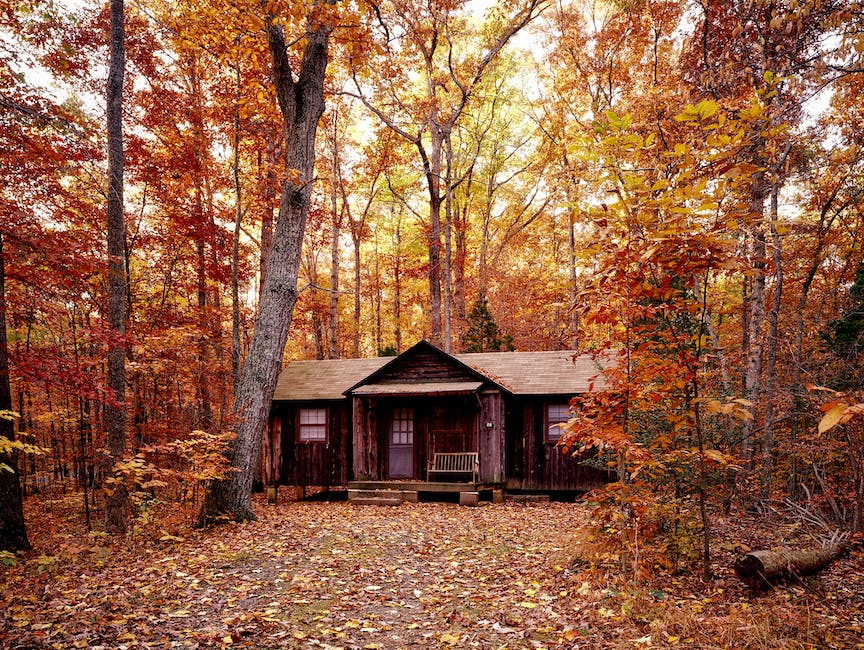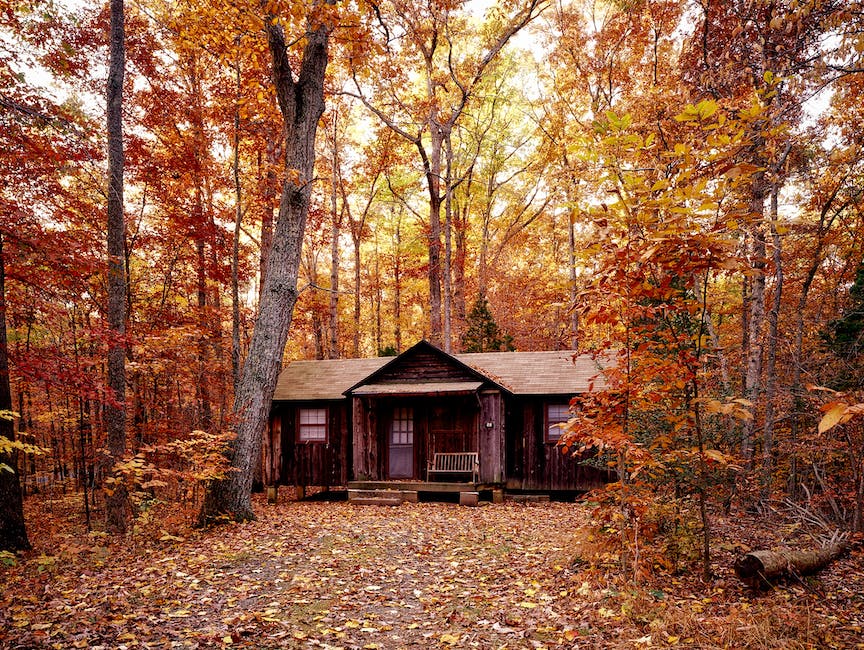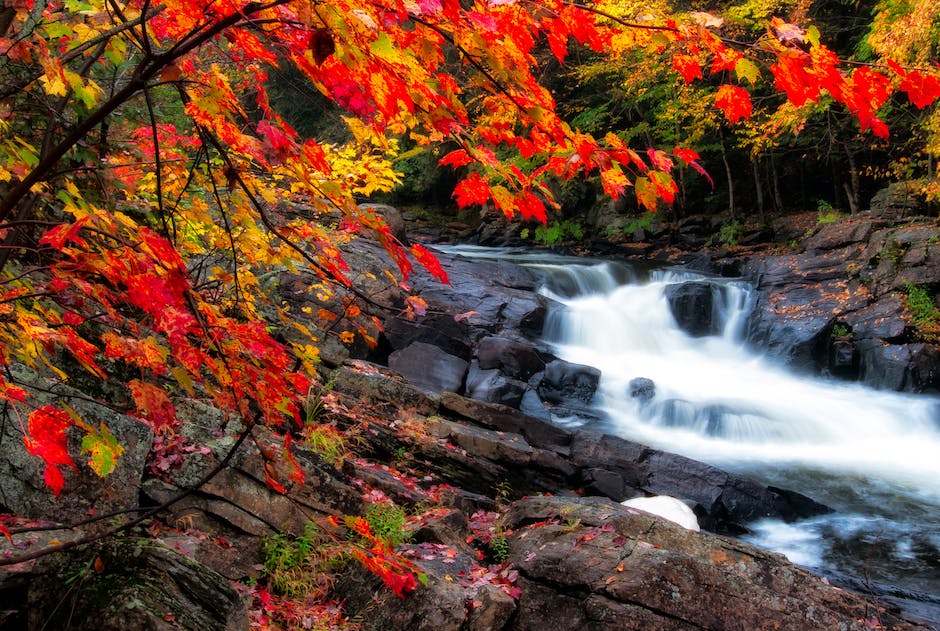The debate over whether or not Maple trees are invasive is one that has been going on for many years. Some people argue that Maple trees are not invasive, while others argue that they are. In this paper, I will be taking a look at both sides of the argument and ultimately deciding whether or not I believe Maple trees are invasive.
No, maple trees are not invasive.
What maple trees are not invasive?
Shade trees are an important part of any landscape. They provide valuable shade in the summer, and their leaves add color and interest in the fall. Amur maple, Chinese pistache, Southern sugar maple, Red tip photinia, American hornbeam, and Trident maple are all excellent choices for shade trees.
A maple or similarly large tree should not be planted 10 feet from a home. Even doing so for shade means the tree should be planted 20 or more feet from the structure. The roots of the tree can damage the foundation of the home, and the branches can damage the roof.
Do maple tree roots cause problems
Silver maple roots can cause problems in some yards by penetrating septic systems, drain lines and water lines. They can also push up hardscape areas like sidewalks, driveways and patios when the trees are planted close by.
The red maple is a common tree in young, disturbed forests, especially those that have been frequently logged. In mature or old-growth forests, however, the red maple is less common, while shade-tolerant trees such as sugar maples, beeches, and hemlocks are more common. The red maple can be considered weedy or even invasive in young, disturbed forests.
Do maple trees have aggressive roots?
Tree roots can extend well beyond the canopy of the crown of a tree. Maple trees are especially aggressive, developing an incredible network of surface feeder roots. This can be a problem for gardeners, as the roots can interfere with lawn care and other activities. It’s important to be aware of the root system of any tree before planting it in your yard.
Diseases on maples can be a problem in the landscape as well as in natural woodlots and forests. Anthracnose, fungal leaf spots (including tar spot), powdery mildew, and Verticillium wilt are diseases that are usually encountered every year. Leaf scorch is an occasional problem.
Should I plant a maple tree in my front yard?
A Maple tree is a great choice for a front yard tree because it is a classic and stunning variety. Sun Valley is a good choice for a Maple tree because it is fast-growing and provides good shade. It is also resistant to Leafhoppers.
Maples are one of the easiest trees to grow. They are adaptable to a wide range of climates and soils, and can tolerate both full sun and partial shade. While they prefer moist, slightly acidic soils, they will accept a wide range of conditions.
Can I keep a maple tree small
Pruning a maple tree on a regular basis can help keep it the desired size, and prevent it from encroaching on its neighbors. Pruning can also help the tree develop a sound branch structure. Carefully removing branches can reduce or eliminate structural issues in a tree.
Tapping a tree does create a wound, but it is a wound from which the tree can readily recover and does not endanger the health of the tree. Commercial syrup producers are able to tap trees for decades without adversely affecting the health of the tree.
Do maple trees explode if not tapped?
Sap pressure build-up is caused by a range of conditions, including warm weather, drought, and damage to the tree. When these conditions are present, the tree’s sap begins to flow more quickly and can’t be released fast enough through the trunk and branches. The pressure build-up can cause the tree’s branches to explode.
While sap pressure build-up is more common in older trees, it can happen to trees of any age. If you notice your maple tree’s sap flowing more quickly than usual or branches beginning to show signs of stress, be sure to contact a certified arborist or tree care professional for help.
These trees are some of the best at releasing oxygen back into the environment. They are helpful in cleaning the air and providing us with fresh oxygen to breathe.
Are all Japanese maples invasive
Thank you for your question! The Japanese maple is not currently listed as an invasive species by the Virginia Department of Conservation & Recreation. These trees are prized for their beauty in the landscape – they are small, provide colorful foliage, and create a nice canopy. However, it is important to be aware that Japanese maples can be difficult to control once established, so be sure to do your research before planting one in your yard. Thanks again for your question!
The red maple tree is a great, fast-growing tree for your yard. With a mature width of 30 feet and height up to 60 feet, this is a good sized shade tree. Be sure to give it plenty of room to thrive. Plant 1, 2, or 3 in your front or backyard as individual specimen trees or plant a row to line your backyard or a long driveway.
Why are Japanese maples invasive?
Invasive species are a problem in Maryland because they provide little benefits to native wildlife and can displace native plant species. This is why the state has listed them as an invasive species.
Trees are an important part of any landscape, but it is important to consider where you plant them. Large trees, like the peepal, should not be planted too close to the house as their roots can damage the foundation of the house. The trees that attract insects, worms, honey bees or serpents should be avoided in the garden.
Which maple tree has the least invasive roots
Japanese Maple trees are a great solution for smaller yards as they are easily manageable. They also come in many different colors such as purple, red, orange and green.
Invasive tree roots can be a major problem for many homeowners. Trees with the most invasive roots include silver maple, southern magnolia, willow, and hybrid poplar. Mint is also a very invasive plant.
Are maple trees high maintenance
Maples are a go-to choice for many homeowners when it comes to shade trees. They are fast growing, low maintenance, and offer beautiful fall colors. There is a wide variety of options in size, fall colors, and shape, so there is sure to be a maple that is perfect for your home.
Red maple trees are popular but can suffer from a number of problems, including slow establishment, poor branching structure, and susceptibility to long-term trunk injury or damage, which can lead to internal rot and decay.
Can you control the growth of a maple tree
There are a few ways to go about limiting tree height. One is to periodically prune the tree. This involves trimming back branches to encourage the growth of lateral branches, which will in turn create a more compact canopy. Another way to limit tree height is to top the tree. Topping is when you remove the central leader of the tree, which is the main vertical stem. This will cause the tree to produce lateral branches, which will make the tree shorter and bushier.
Maple trees are a valuable and versatile species that are popular for many reasons. They offer a great variety of form, size, and foliage, with many displaying striking autumn colors. Several varieties of maple tree yield delicious maple syrup, and some provide valuable wood for furniture, baseball bats, and musical instruments. No matter what you’re looking for in a tree, there’s likely a maple variety that’s perfect for you!
What is the benefit of maple trees
Maple trees are not only useful for their delicious syrup, but also for their wood, which is used in a variety of industries. Sugar maples are also often planted for their ability to provide shade and reduce electricity use in the summer months.
The Japanese Maple grows best in a location that is partially shaded. All other varieties of maple trees prefer full sun for optimal growth. Maple trees need well-drained soil that is slightly acidic and kept moist. These hardwood trees are relatively low-maintenance, making them a good choice for busy homeowners.
What are the disadvantages of maple wood
If you choose maple for your flooring, be aware that it is prone to scratches and marks. Its light colour and smooth surface make any scratches easily visible. If you have pets, their claws can cause scratches that will be visible over time.
It’s important to water your maple tree regularly to keep it healthy. Young trees especially need a lot of water, especially in dry, hot conditions. Try to water your tree a few gallons every couple of days rather than a little every day.
How long does it take a maple tree to grow to full height
Red maples grow at a relatively fast speed; in the tree world, this equals about 12-18 inches of height a year. This makes them a great choice for people who want to add some shade to their property quickly.
In order to reduce the volume of a maple tree’s crown, it is best to shorten the oldest branches with reduction cuts. This is because if you were to shorten younger branches, it would encourage the plant to keep producing new branches. By cutting the oldest branches, the tree will slowly stop producing new branches as it will no longer be able to rely on them for support.
Warp Up
Maple trees are not invasive.
Maple trees are indeed invasive, and their presence can have a negative impact on native plant species. left unchecked, a maple tree can easily take over a small piece of land. However, with proper management, these trees can be kept in check and can even be an asset to the area they are in.
I’ve always been drawn to trees.
As a kid, I spent most of my free time outside, climbing, exploring, and trying to figure out the names of the trees around me.
That early curiosity eventually led me to study arboriculture and horticulture at Michigan State.
Later, I completed a degree in forestry at the University of Michigan.
I’ve been working in tree care and education ever since.
These days, I enjoy helping people learn more about the trees in their own backyards.
How they grow, how to care for them, and why they matter.
You don’t need to be an expert to appreciate trees.
A little curiosity goes a long way.
